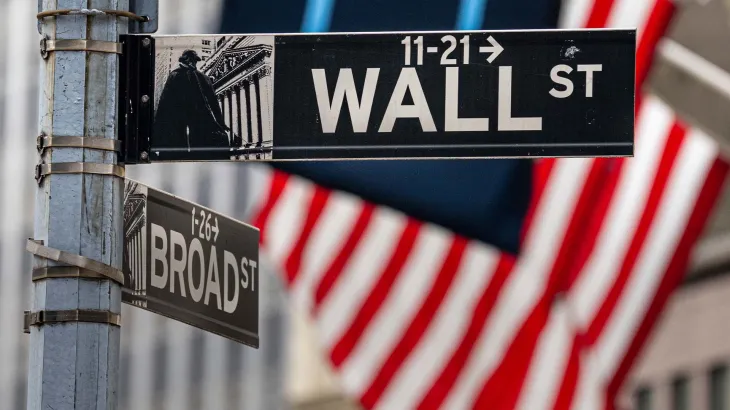The U.S. economy is showing signs of resilience despite ongoing risks, according to a recent economic outlook. Analysts suggest that consumer and business spending could continue to support growth, even amid lower tariffs and trade uncertainties.
Economic experts note that while international trade challenges remain, domestic consumption is keeping the economy on steady footing. Households continue to spend on goods and services, helping maintain demand across multiple sectors.
Lower tariffs on key imports, including food and consumer goods, are expected to ease costs for businesses and households. Analysts say this could boost purchasing power, reduce inflationary pressures, and support continued economic activity.
Commentators highlight that strong consumer spending is a key factor in economic resilience. Even with potential risks from global markets and policy changes, household demand provides a foundation for stability and growth in the U.S. economy.
Business investment is also showing promising trends. Companies are cautiously expanding operations, hiring, and investing in new technologies. Analysts suggest that confidence in domestic demand encourages firms to pursue strategic growth initiatives despite global uncertainties.
The outlook emphasizes that government policies, including fiscal measures and trade decisions, play a significant role in shaping economic resilience. Lower tariffs, in particular, can reduce costs for manufacturers and importers, ultimately benefiting consumers and the broader economy.
Experts also note that certain sectors, such as technology, healthcare, and consumer goods, are contributing to economic stability. These industries are benefiting from consistent demand, innovation, and investments, reinforcing overall resilience.
Despite positive indicators, economists caution that risks remain. Global market fluctuations, policy shifts, and potential disruptions in supply chains could affect growth. However, the combination of strong domestic spending and targeted economic policies is expected to mitigate many of these challenges.
Analysts emphasize the importance of monitoring consumer confidence and business sentiment. High confidence levels often translate into sustained spending and investment, which in turn support employment and income growth. This feedback loop contributes to broader economic resilience.
The outlook also underscores the significance of maintaining a balanced approach to fiscal and trade policies. By encouraging stable conditions and reducing uncertainties, policymakers can strengthen the foundation for sustainable growth.
Public and private sector collaboration is highlighted as a factor in economic stability. Investments in infrastructure, technology, and workforce development can help maintain resilience even during periods of uncertainty. Economists say this approach positions the U.S. economy to respond effectively to both domestic and global challenges.
Experts agree that the U.S. economy is demonstrating adaptability. Flexible supply chains, diversified markets, and strong consumer demand are helping to absorb shocks and maintain growth momentum. These factors contribute to an overall sense of resilience despite external pressures.
In addition, analysts stress the importance of continued vigilance. Monitoring trade developments, inflation, and market trends is essential for sustaining long-term economic health. Policymakers and businesses alike are encouraged to remain proactive in addressing potential risks.
Overall, the economic forecast indicates that the U.S. economy is resilient, supported by consumer and business spending. While risks persist, strong domestic demand and policy measures are expected to sustain growth and provide stability in the months ahead.


